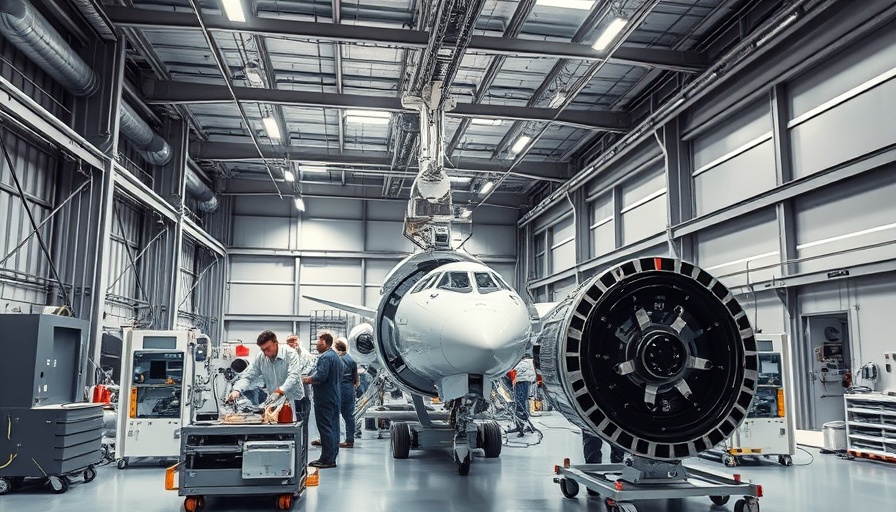
Understanding the Emerging World of High Altitude Platforms (HAPS)
High Altitude Platform Stations (HAPS) are redefining aerial technology with capabilities that extend far beyond traditional drones. UAVOS Inc., in collaboration with Mira Aerospace, is at the forefront of this innovation, demonstrating how engineering support and advanced autopilot systems can enhance the functionality of these platforms.
UAVOS Innovations: Setting a New Standard
The recent test flights conducted by UAVOS for Mira Aerospace underscore a significant shift in HAPS technology. UAVOS' engineers played a pivotal role in developing and maintaining an advanced Earth Observation (EO) payload, capable of capturing high-resolution imagery from 15,000 meters. This feat showcases not only their technological prowess but also the increasing demand for sophisticated surveillance solutions in various sectors such as agriculture, environmental monitoring, and disaster management.
Challenging Traditional Design Principles
One standout feature of UAVOS' approach is their usage of an innovative autopilot system. As Aliaksei Stratsilatau elucidates, this technology allows for a departure from conventional structural support. Instead of relying on rigid structures, the autopilot adapts the wing dynamics efficiently, reducing overall drag and improving performance. This autonomous control provides more flexibility in design, giving engineers the freedom to experiment with different wing profiles and configurations.
Commercial Viability of HAPS: The Road Ahead
Despite these technological advancements, UAVOS is acutely aware of the challenges that lie in the pathway to commercialization. Aliaksei mentioned the difficulty in sourcing motors suitable for use in the thin air of high altitudes, which necessitates that companies design unique propulsion systems. Addressing these challenges is crucial, as any delays in development can significantly inflate costs and hinder market entry.
Future Predictions: The Rise of HAPS in Various Industries
The implications of successfully deploying HAPS technology are vast. Beyond military and security applications, industries including telecommunications, climate research, and emergency services could benefit immensely from the capabilities of HAPS. As companies like UAVOS push forward with their innovations, we can expect a future where high-altitude platforms become integral tools for solving pressing global challenges.
Final Thoughts: Embracing HAPS Technology
With UAVOS leading the charge in HAPS innovation, the promise of advanced aerial technologies is becoming more tangible every day. Industries and professionals in tech, agriculture, and even environmental science should keep a close eye on these developments. As the technology continues to evolve and become more accessible, the possibilities for its application will only grow, enhancing our ability to monitor and understand our world.
 Add Row
Add Row  Add
Add 




Write A Comment